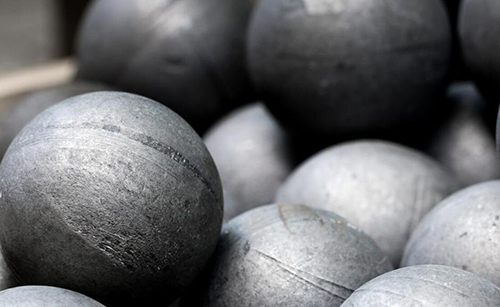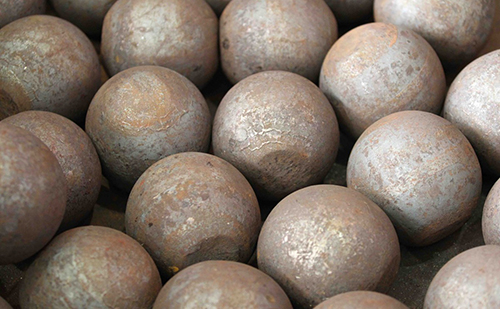What is the hardness of grinding media ball?
Views: 1246 Update Date:Aug 18 , 2023
In the realm of material grinding and milling, few factors are as crucial as the hardness of grinding media balls. This fundamental property significantly influences the efficiency, durability, and overall performance of the grinding process.
Hardness, in the context of grinding media balls, refers to their resistance to deformation, wear, and abrasion during the grinding process. Essentially, harder grinding media balls are better equipped to withstand the demanding conditions of industrial grinding, ensuring minimal wear and tear and prolonged operational life.
Measuring Hardness: Techniques and Metrics
Rockwell Hardness Test: This widely-used method involves pressing an indenter into the surface of the material and measuring the depth of the resulting indentation. The Rockwell hardness value is then determined based on this measurement.
Brinell Hardness Test: In this technique, a hardened steel or carbide ball is forced into the material's surface, creating an indentation. The diameter of this indentation is measured, and the Brinell hardness number is calculated.
Vickers Hardness Test: Using a diamond pyramid-shaped indenter, the Vickers hardness test measures the size of the indentation formed on the material's surface. The hardness value is calculated based on the indentation's diagonal dimensions.

Significance of Hardness in Grinding Applications
Wear Resistance: Harder grinding media balls exhibit superior wear resistance, ensuring reduced rates of ball degradation and minimizing the contamination of the processed material.
Efficiency: Increased hardness can lead to improved grinding efficiency, as harder media balls can withstand higher impact forces and maintain their shape for more effective grinding.
Material Compatibility: Different materials being ground require varying levels of hardness in grinding media balls. Tailoring the hardness to match the specific material characteristics can optimize the grinding process.

Optimal Hardness Selection
Type of Material: Consider the hardness of the material being ground and choose grinding media balls with sufficient hardness to prevent excessive wear.
Operating Conditions: Factors such as mill speed, grinding media size, and the abrasive nature of the material play a role in determining the optimal hardness.
Cost Considerations: While harder grinding media balls may offer longer lifespan and improved performance, they could also be more expensive. A cost-benefit analysis is essential.





